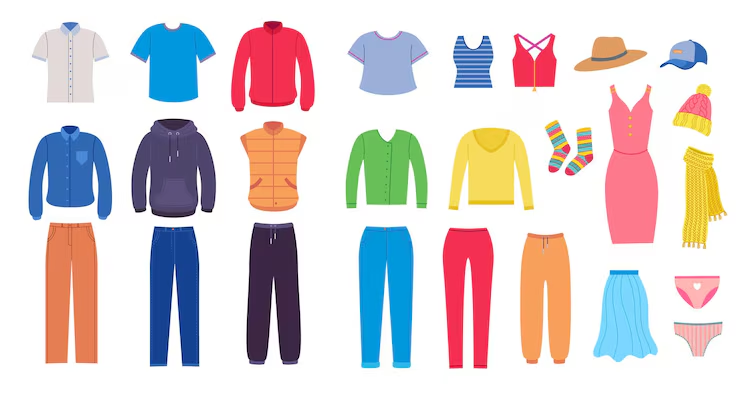Introduction
Adjustable clothing—garments designed with customizable features—is gaining popularity as consumers seek versatile, inclusive fashion. From petite individuals to style-conscious shoppers, these innovative designs offer practical solutions for real-life wardrobe challenges. But just how useful are they? Let’s explore their benefits and limitations.

1. Petite-Friendly Adaptations
For shorter individuals, adjustable clothing solves common fit issues:
– Hemline adjusters: Roll-up cuffs or drawstrings on pants/skirts (e.g., Uniqlo’s convertible-hem trousers) eliminate tailoring costs.
– Waistbands: Elastic or tie-waist designs accommodate height differences (e.g., YIMAN’s adjustable culottes for 150–165cm wearers).
– Sleeve garters: Detachable straps shorten long sleeves seamlessly.
Data: 68% of petite shoppers prioritize adjustable features (2025 Statista survey).
2. Style Versatility
Transformable designs maximize wardrobe utility:
– Reversible pieces: Two-in-one jackets or tops (e.g., Patagonia’s dual-layer coats).
– Modular attachments: Zip-off sleeves, detachable hoods, or convertible dress/skirt combos.
– Seasonal adaptability: Layering-friendly designs with adjustable vents or insulation.
Example:YIMAN’s multipurpose travel blazer folds into a pillow and adjusts for formal/casual wear.
3. Practical Challenges
Despite advantages, limitations exist:
– Durability concerns: Frequent adjustments may strain zippers or elastic.
– Aesthetic trade-offs: Some designs sacrifice sleekness for functionality.
– Higher costs: Tech-enhanced adjustability (e.g., magnetic closures) raises prices by 15–30%.
Industry response: Brands like YIMAN now use reinforced stitching and premium fasteners to improve longevity.
4. Future Innovations
Emerging trends aim to enhance practicality:
-AI-driven customization: Apps suggest adjustments based on body scans (e.g., Zozosuit 2.0).
-Self-adjusting fabrics: Shape-memory polymers that adapt to movement or temperature.
-Sustainable adjustability: Recyclable modular components to reduce waste.
Outlook: The adjustable clothing market is projected to grow at 8.2% CAGR through 2030 (Grand View Research).
Conclusion
Adjustable clothing delivers measurable value—especially for petite shoppers and those seeking versatile styles. While not perfect, advancements in design and materials are addressing early drawbacks. As YIMAN and other innovators refine these garments, adjustable fashion may soon become a wardrobe staple rather than a niche solution.
Final thought: Would you trade a little extra cost for clothing that “grows” with your needs? The answer is increasingly “yes.”



Add comment